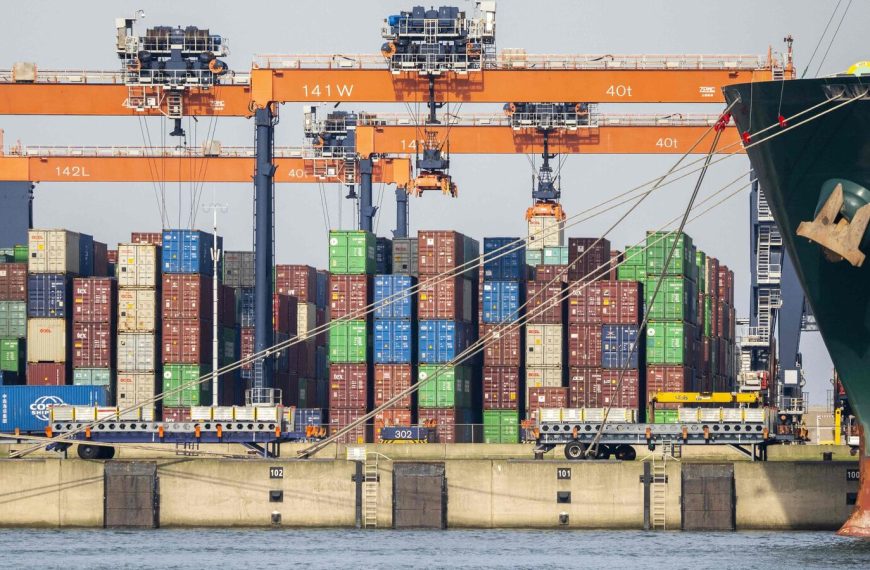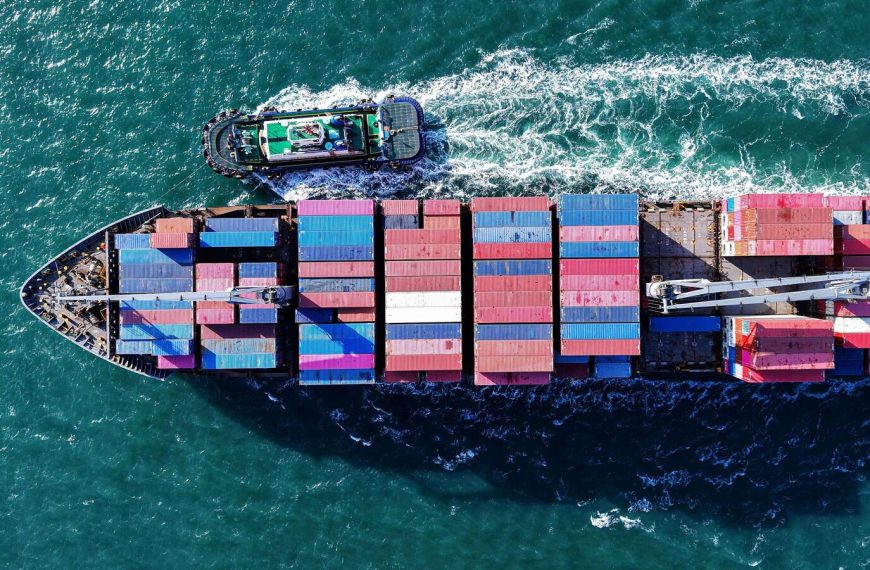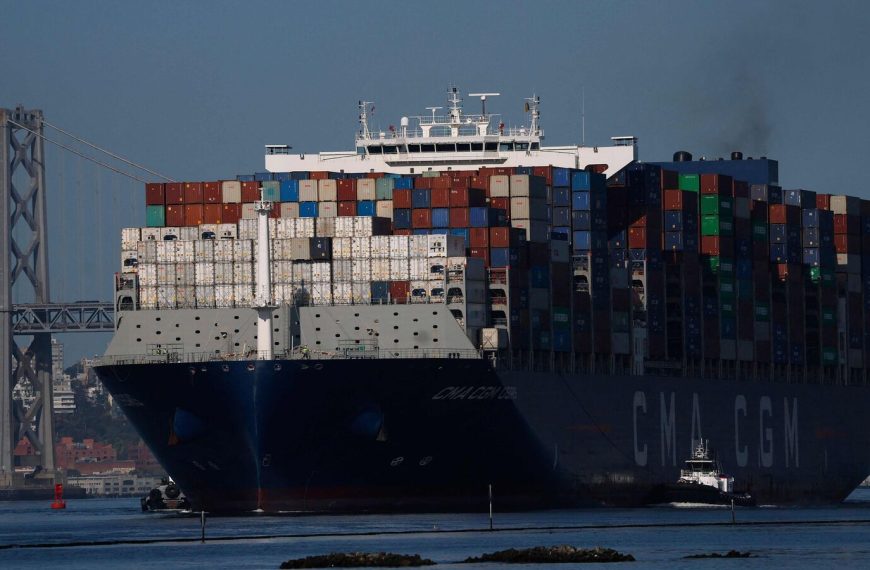The Indian government is making a significant pivot in its capital expenditure (capex) strategy, redirecting funds from traditional sectors like roads to vital areas such as water supply, sanitation, digital infrastructure, urban development, and irrigation. A recent analysis by Elara Securities reveals that this shift could impact the growth trajectory of capital outlay, projecting a slowdown to 15.9% year-on-year (YoY) in the Budget Estimates for FY26. This marks a notable decline from the 23.4% average growth seen over the past two years.
Key Findings on Capital Expenditure Trends
The report highlights several critical changes in budget allocations that reflect the government’s evolving priorities:
- Transport Spending: The budget for transport is anticipated to grow by only 3.2% YoY in FY26, a stark contrast to the 18.3% average growth recorded over the past four years.
- Water Supply and Sanitation: In a promising turn, allocations for these sectors are set to increase by 33.54% YoY. This is a significant rise from the 8.03% growth rate in the Revised Estimates for FY25.
- Irrigation Investments: Similarly, irrigation funding is expected to see a 19.56% increase, a rebound from the previous year’s decline of -1.32%.
Stability Amid Shifting Priorities
Despite the redirection of funds, the capital outlay as a percentage of Gross State Domestic Product (GSDP) remains stable at 2.8% in FY26, a slight uptick from 2.7% in FY25. However, challenges persist, particularly in actual spending; only 54.3% of the revised estimates for FY25 had been utilized by January of this fiscal year. This raises questions about the feasibility of meeting the full spending targets, especially considering a historical average shortfall of 13.5% between revised estimates and actual expenditure, with 14% noted in FY24.
Opportunities for Infrastructure Companies
This strategic shift in capex focus signals new opportunities, particularly for infrastructure firms. Increased investment in areas like water supply, sanitation, and digital infrastructure is expected to lead to fresh order inflows, benefiting companies poised to adapt to these emerging demands. The government’s commitment to diversifying its infrastructure spending presents a landscape ripe for innovation and growth in sectors that are crucial for sustainable development.
In conclusion, as the Indian government recalibrates its capex priorities, stakeholders in the infrastructure sector should stay alert to the evolving landscape, which promises to open doors for new projects and investments. The focus on essential services not only addresses immediate needs but also sets the stage for long-term economic growth and resilience.











